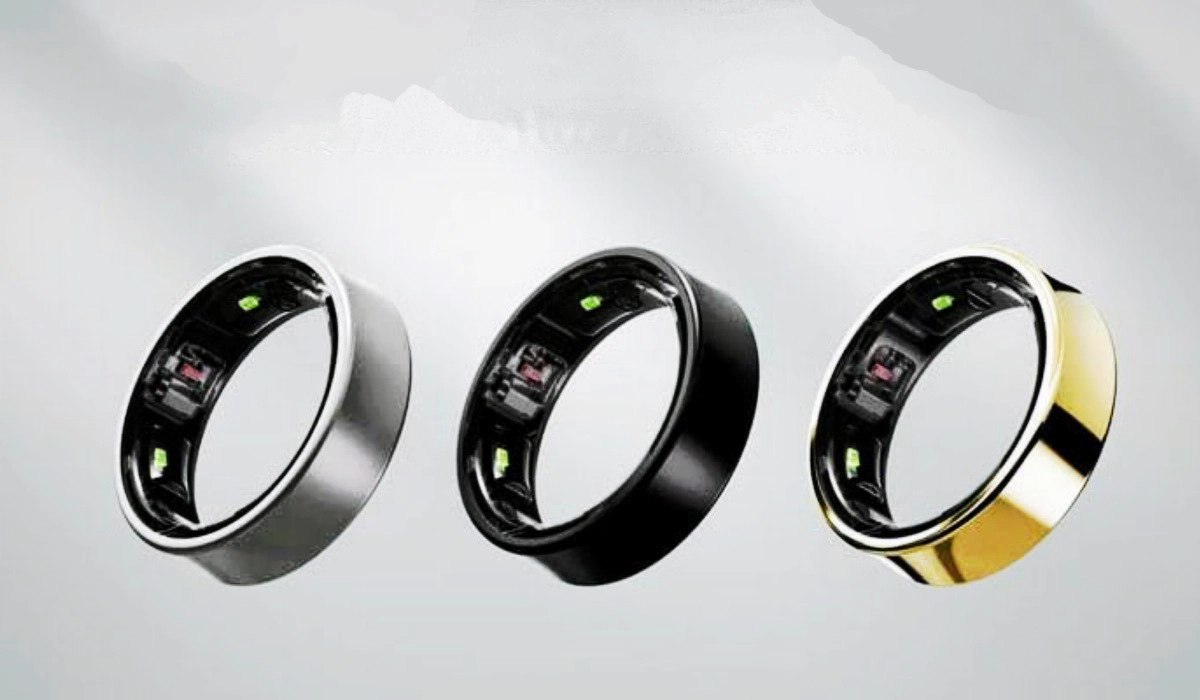The launch of Samsung’s Galaxy Ring in July 2024 will make smart rings even more popular, but how many mobile users will buy one?

The world of wearable devices keeps seeing the introduction of smaller and smaller gadgets. Not too long ago, fitness trackers were the smallest items among wearable items. That has since changed with the arrival of smart rings, and the launch of Samsung;s Galaxy Ring, along with the Galaxy Z Fold6 and Galaxy Z Flip6, in July 2024 will make these new items even more popular.
By definition, a smart ring is a ring with embedded electronics designed to track your health and wellness. But what does it do with the information it tracks? How do you access it? Unlike fitness trackers and smartwatches, smart rings do not have a display – and even if they did, they would be too small for you to interact much with most of it. What smart rings do is sync your fitness information with your smartphone (or tablet), so you can access them from there.
Table of Contents
Samsung Galaxy Ring was not the first
The first smart ring was manufactured and sold by a company called McLEAR in 2013. That was 11 years before the Samsung Galaxy Ring was released. Others have since been available in the market before the arrival of the Samsung Galaxy Ring. They include the Oura Ring, Ultrahuman Ring AIR, RingConn Smart Ring, and Amazfit Hello Ring. .
But Samsung is the first big name to make and sell a smart ring. The Galaxy Ring monitors your sleep, pulse and heart rate, and calculates your physical readiness. It then syncs it with the Samsung Health app on your Android smartphone.
if you are an iPhone owner and were considering giving the Galaxy Ring a spin, you are out of luck. It is Android-only. It can only be paired with an Android phone and that phone must have Samsung’s Health app installed.
One of the advantages of owning a Samsung Galaxy Ring, as against any of the competition, is that no subscription is required to use it. In contrast, the Oura Ring has a $5.99 monthly subscription attached.
Smart Rings are not cheap
If you were hoping for really comfortable prices for smart rings, you are not in luck. The Galaxy Ring, for example, costs $399. That is the price of a decent budget Android smartphone. The Oura Ring costs $299 from best Buy, while the Ultrahuman Ring AIR sells for $349 on Amazon.
Wearable Devices and duplication of duties
One issue I have had with wearable devices is how they are often simply providing features that already exist on another mobile device. That is true for fitness trackers, which essentially provide features that already exist on smartwatches. And it is true of smart rings which now provide services that already existed on both fitness trackers and smartwatches. I wonder if there will be those who wear both a smartwatch and a smart ring, or a fitness tracker alongside one. And should such people exist, I wonder what the purpose would be.
If you already wear a smartwatch or a fitness tracker, do you need or want a smart ring? What will the sales figures of these new embedded rings be like? I am convinced that fitness trackers will remain the most popular form of wearable gadgets – perhaps until other use cases arrive for them. Yes, you can also use double pinch gestures with the Galaxy Ring for remotely taking photographs via the paired smartphone, but unless you are James Bond or some other special agent working for one of the world’s security agencies, are you really going to choose a smart ring over a smartwatch or fitness tracker because of that feature?